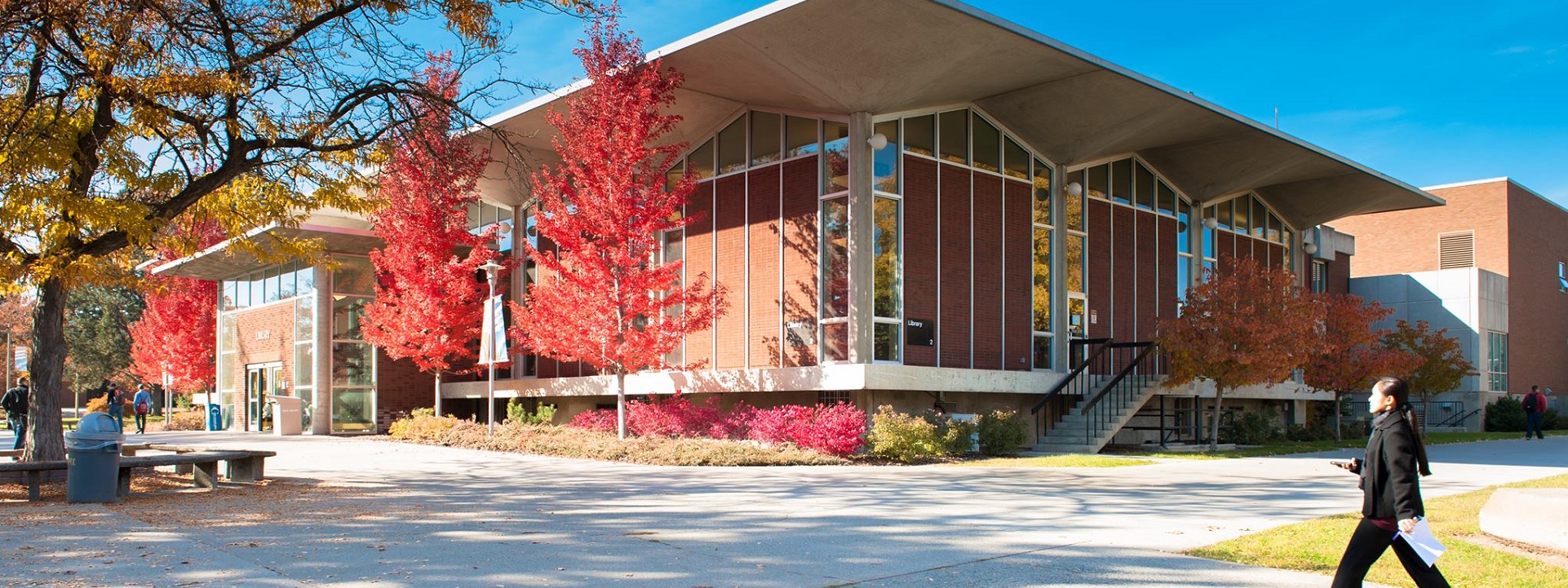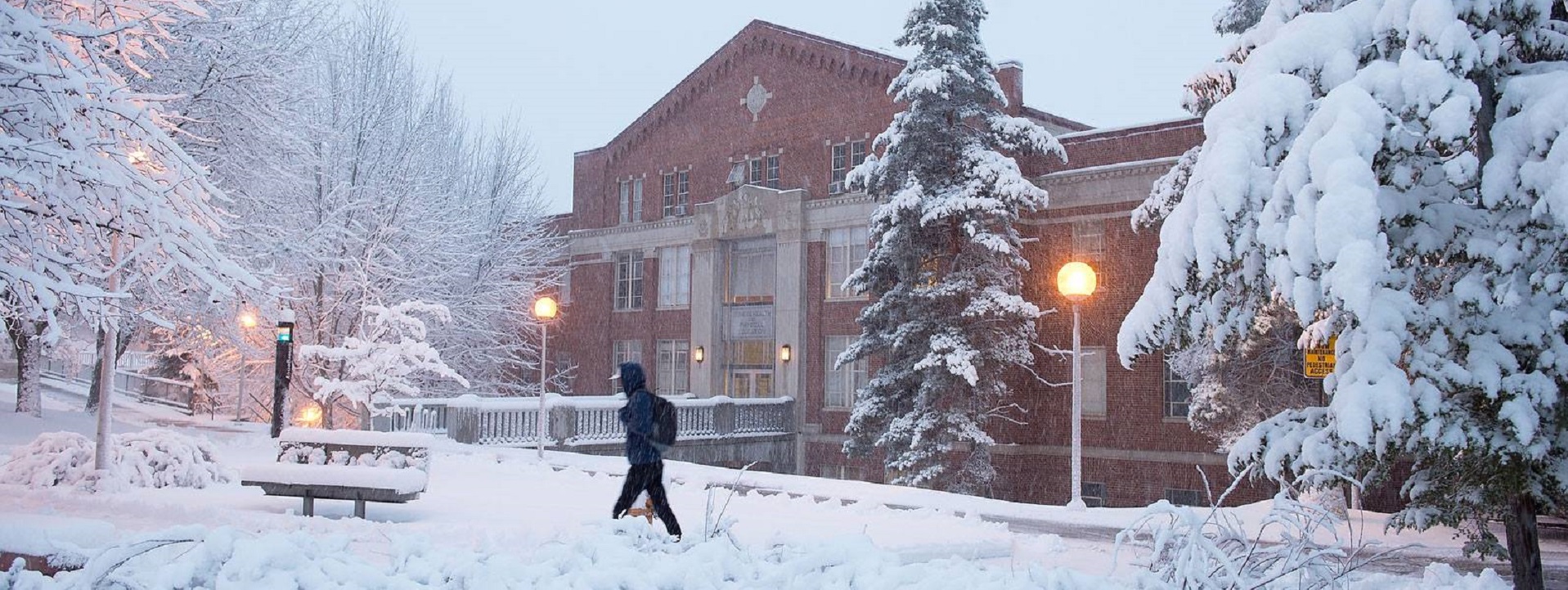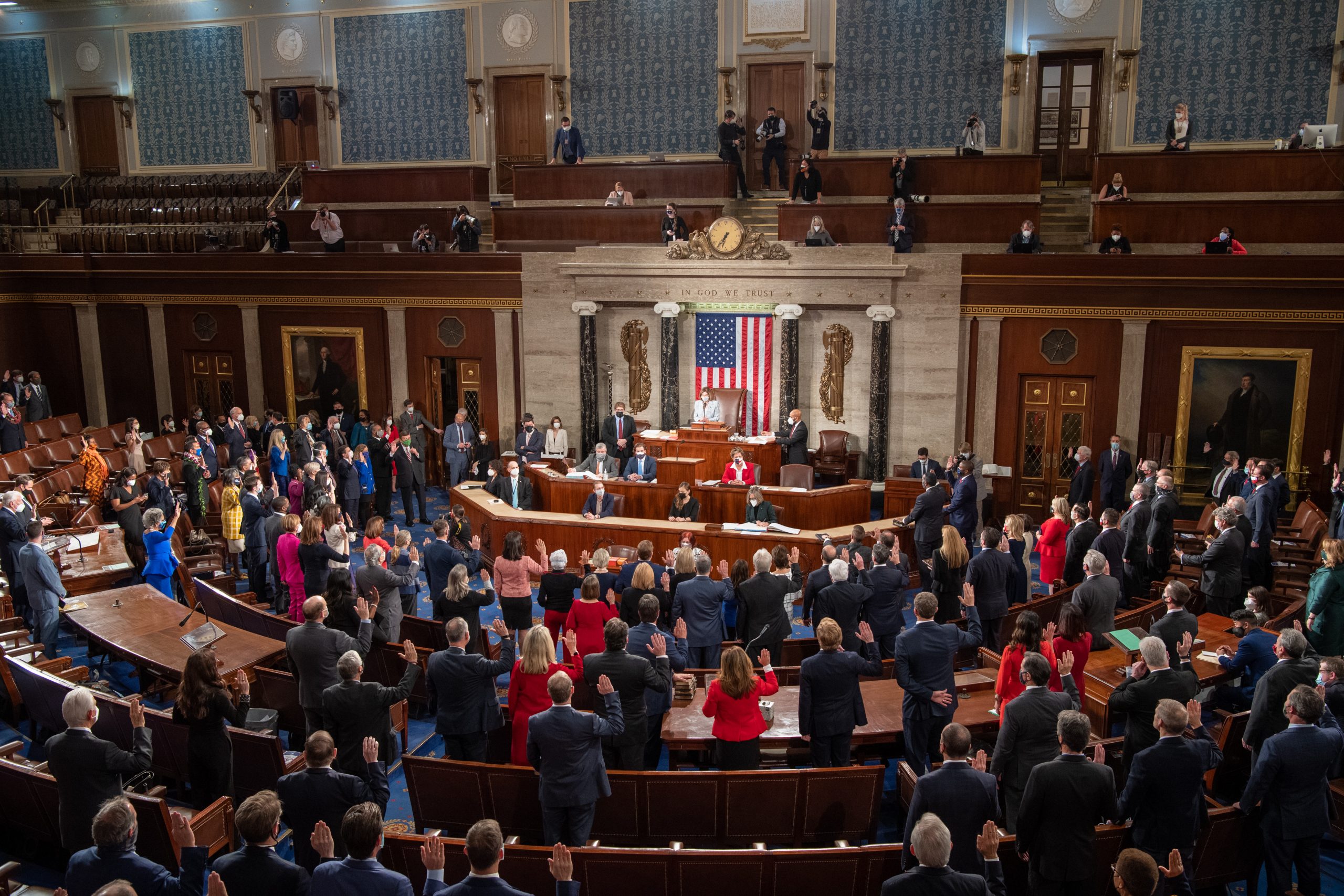Data Center Research Laboratory
- Home Page 306

Standards Washington
As we explain in our ABOUT, we are continuing the development of the cadre of “code writers and vote-getters” begun at the University of Michigan in 1993. We are now drilling down into state and local adaptations of nationally developed codes and standards that are incorporated by reference into public safety and sustainability legislation.
Standards Michigan remains the unrestricted access site but state-specific sites such as Standards Washington will be accessible to user-interest code-writers and vote-getters. Please send bella@standardsmichigan.com a request to join one of our mailing lists appropriate to your interest for #SmartCampus standards action in the State of Washington.




More
US Census Bureau American Community Interactive Data Map
US Congressional Districts Map
Teacher & Licensing Requirements by State
Finance
Electronic Municipal Market Access / Washington
School Construction Assistance Program
Safety
Electrical Safety Standards, Administration and Installation
Energy
State of Washington Energy Code
Information & Communication
News
How to fight big universities that stomp on your local college credits
Arts
Culture:
King County is has been the locus of “Woke Ideology”
New update alert! The 2022 update to the Trademark Assignment Dataset is now available online. Find 1.29 million trademark assignments, involving 2.28 million unique trademark properties issued by the USPTO between March 1952 and January 2023: https://t.co/njrDAbSpwB pic.twitter.com/GkAXrHoQ9T
— USPTO (@uspto) July 13, 2023
Standards Michigan Group, LLC
2723 South State Street | Suite 150
Ann Arbor, MI 48104 USA
888-746-3670



















